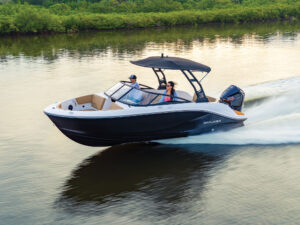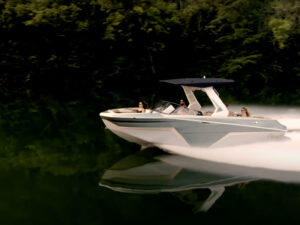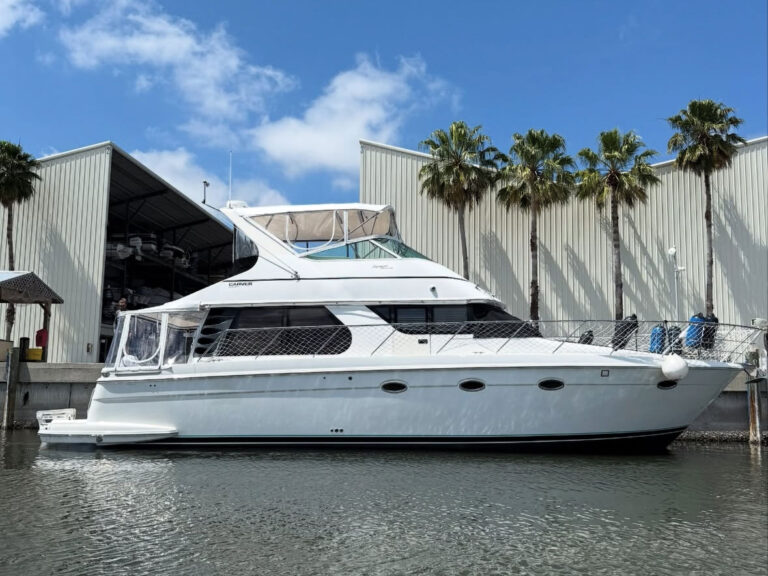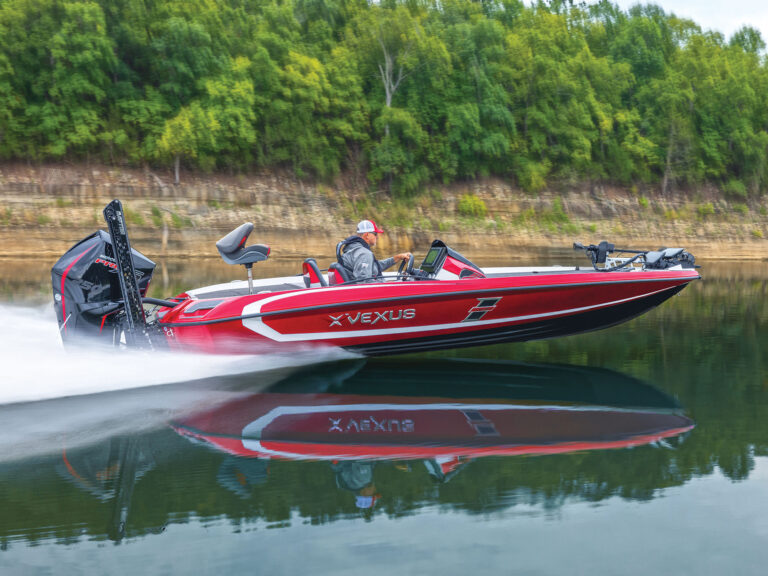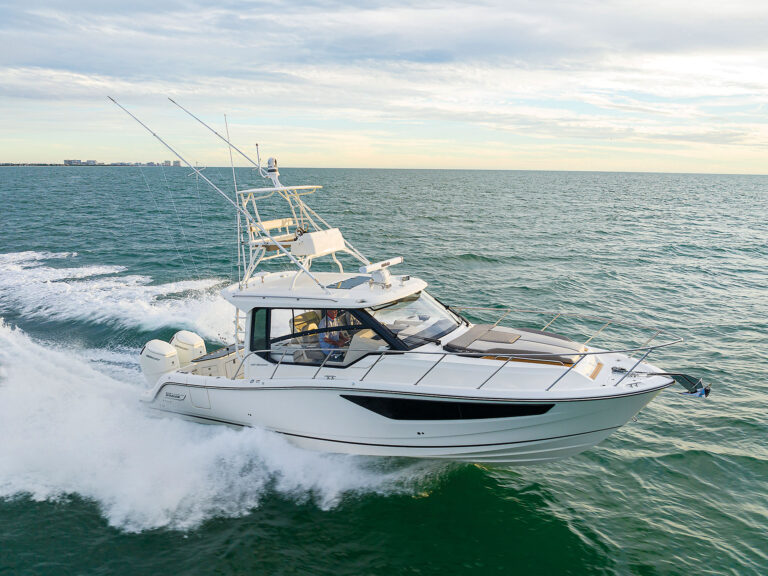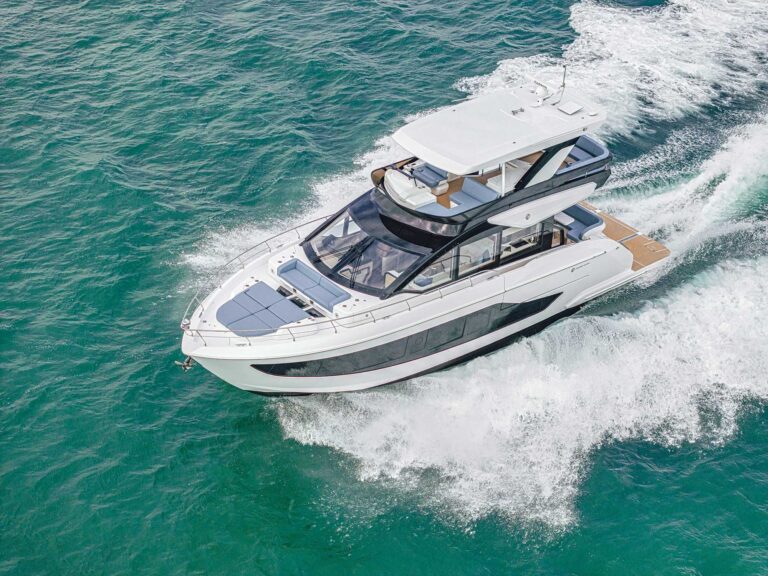John Mills was the gunner’s mate aboard HMS Bounty, a ship that, after two novels, five movies, and not to mention the actual historical account, needs little if any introduction. According to the ship’s log, Capt. Bligh’s personal journal, and records of the British Navy, Mills was one of the older, more-experienced crew aboard Bounty, having served on Mediator under Admiral Collinwood (himself a partner with Lord Nelson in many campaigns). Mills apparently lacked a sweet disposition, but as the record shows, he’d spent a lifetime at sea under the command of great mariners. It’s safe to say he knew what he was talking about.
I present this curriculum vitae for no trivial purpose. In the 1962 film version of Mutiny on the Bounty, the one starring Marlon Brando, the role of John Mills is played by the enduring, acerbic Richard Harris. Harris, as Mills, utters a line in the film — it’s just an aside really — but one that caught this lifetime boater’s attention.
The words are expressed as sea and wind rise and in response to grumbling crewmen distraught at having to climb into the rigging as Bounty slogs through the Tierra del Fuego archipelago at the southern tip of South America.
“Portsmouth or Cape Horn, it’s all the same to a seaman.”
The understated brilliance of the line, of course, was that whether in a calm harbor or on the wildest ocean imaginable, experienced mariners act in the habitual, businesslike manner that ensures personal safety and the safety of the vessel. There is no distinction made for present circumstance. The best standard operating procedure is the best standard operating procedure, and the distractions of debate, discussion and deciding what alternatives might exist are best reserved for shoreside diversion. Mills’ quip reminded me that aboard boats, good habits deliver great rewards, because on the water, we are out of our element. Things can happen quickly. And when they do, there’s often tragically little time, and overthinking may lead to analysis paralysis.
I was reminded of the line from the film recently during discussions regarding this brand’s participation in boating-safety programs.
“What looks like a perfect day for boating can quickly become hazardous if you end up in the water,” said Peg Phillips, executive director of the National Safe Boating Council, the lead organization for the Safe Boating Campaign. “Always wear a life jacket — it is the best decision you can make for your safety while enjoying a day out on the water.”
And I thought: Portsmouth or Cape Horn, it’s all the same to a seaman.
Takeaway: During 2016, according to the United States Coast Guard, 80% of fatal boating accident victims drowned, and 83-percent of those drowning victims were not wearing a life jacket.



